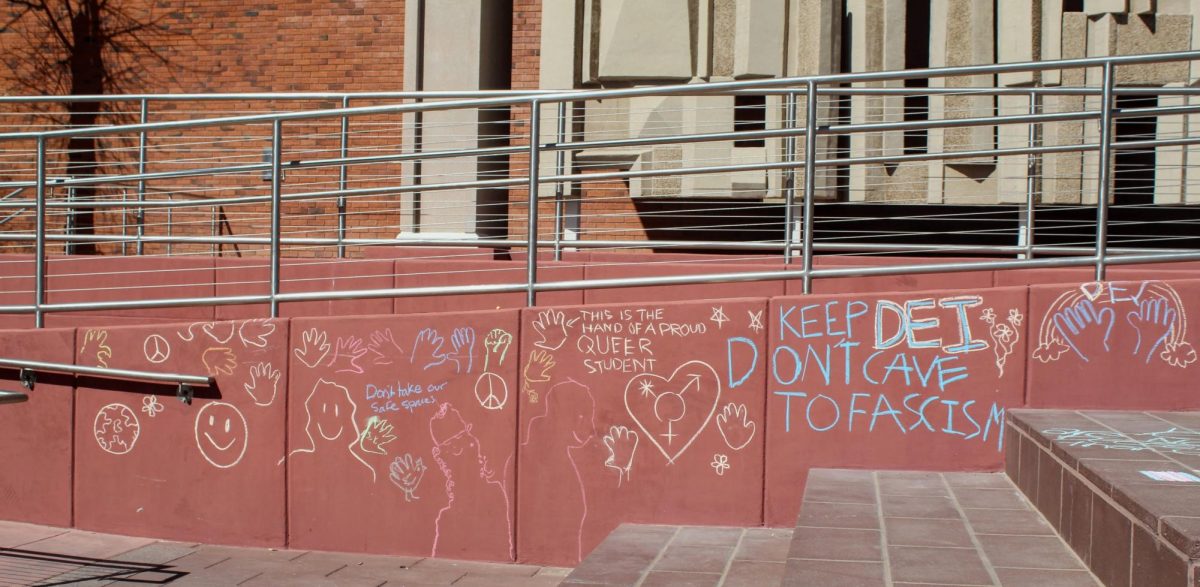UA researchers are studying the effectiveness of a “spray-on skin” intended to treat flesh wounds such as chronic leg ulcers that develop in elderly people.
Currently screening patients for their study, a team of researchers from the Southern Arizona Limb Salvage Alliance is one of the few groups in the country working with the wound treatment tool.
“I’m excited because, for a lot of this stuff, it sounds and it seems like Star Trek, where you’re spraying [skin] on,” said Dr. David G. Armstrong, a UA professor of surgery and director of SALSA, “but the future is now.”
The spray-on skin product, developed by the Texas-based HealthPoint Biotherapeutics, contains living skin cells that work with the patient’s cells to promote healing. The substance could prove especially useful in treating venous leg ulcers, which are currently dealt with either by using compression bandages or through skin graft surgery.
Occurring most often in the elderly, venous skin ulcers result from the deterioration of the valves in the veins of the leg. As blood is pumped up through the legs and back to the heart, it has to overcome the force of gravity pulling it down, Armstrong said. To do this, tiny valves open and close with each pump of the heart, keeping the blood cells from sliding down and pooling in the legs.
For some people, those valves have deteriorated to the point where the blood does pool, causing pressure that can kill the surrounding cells and creating a wound from the inside out, Armstrong said.
“It’s really hard to treat these things,” he said, adding that the medical treatment of such ulcers has progressed considerably over the past few hundred years despite the challenges involved.
The study uses HP 802-247, a liquid cocktail of two different types of dermal cells suspended in various proteins that can be sprayed as an aerosol.
Cultured from the skin of a donor, the cells are applied on the wound and interact with the existing cells in a “symphony” of healing, promoting the development of growth hormones and other “growth factors,” Armstrong said.
As opposed to a skin graft, which is a flat layer of skin plastered onto the area, the liquid treatment can slip into the cracks and undulations of the wound, which could potentially make it a more effective option, said Dr. Nicholas Giovinco, assistant professor in the Department of Surgery and director of education for SALSA.
Manish Bharara, assistant professor in the Department of Surgery and director of operations for SALSA, emphasized that the spray-on treatment is being developed in concert with a number of other regenerative techniques.
“It’s not the kind of thing that alone is going to revolutionize the [wound treatment] industry,” Bharara said. “It is one of the tools that will work in complement with other standard techniques that are out there.”
If the technology proves effective, it represents a sort of Holy Grail in regenerative medicine, Giovinco said.
“[The spray-on skin] is pretty fantastic in how much easier it is to apply and the results that we are likely to get without exposing patients to unnecessary risks,” Giovinco said. “I’m pretty excited about that.”
– Follow Mark Armao @MarkArmao








